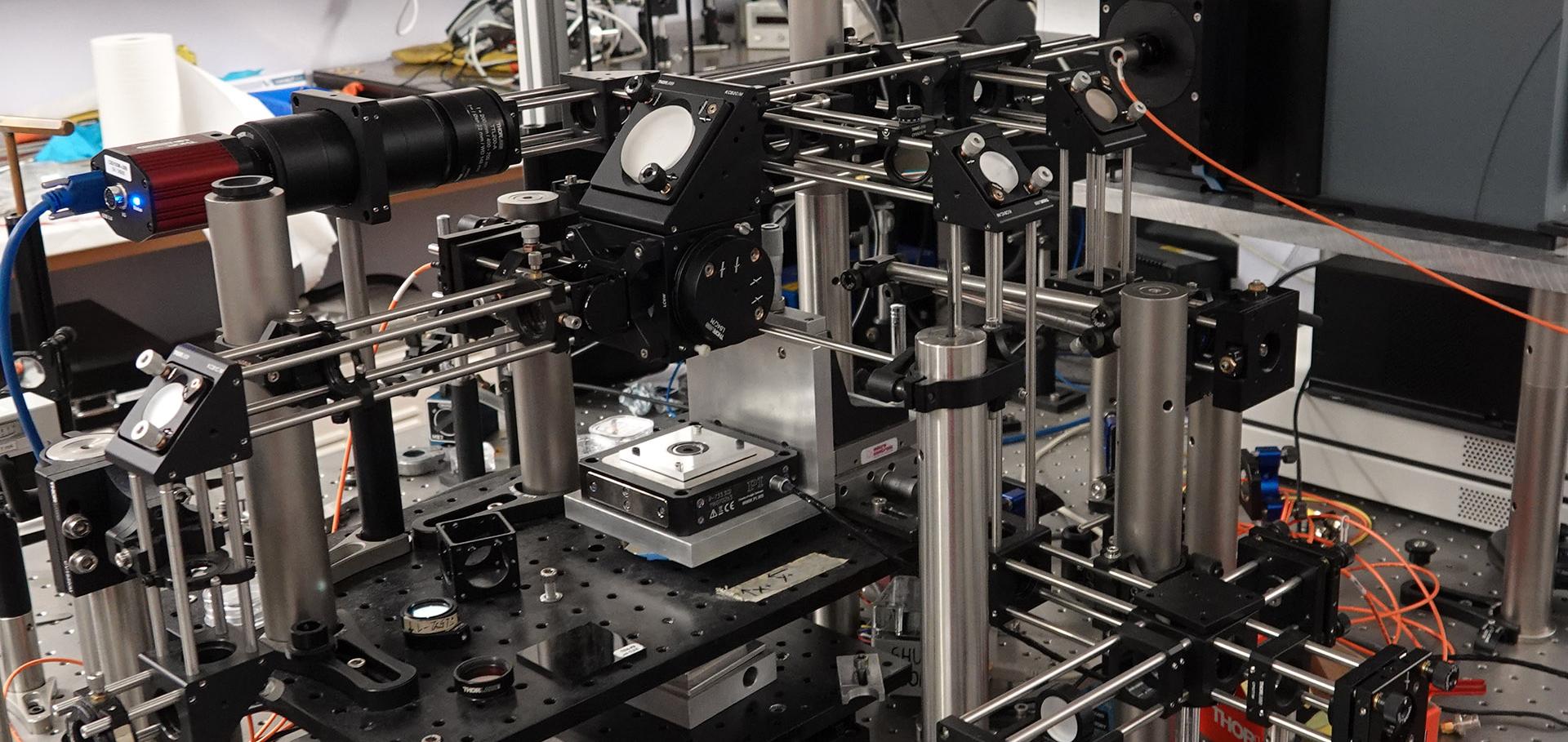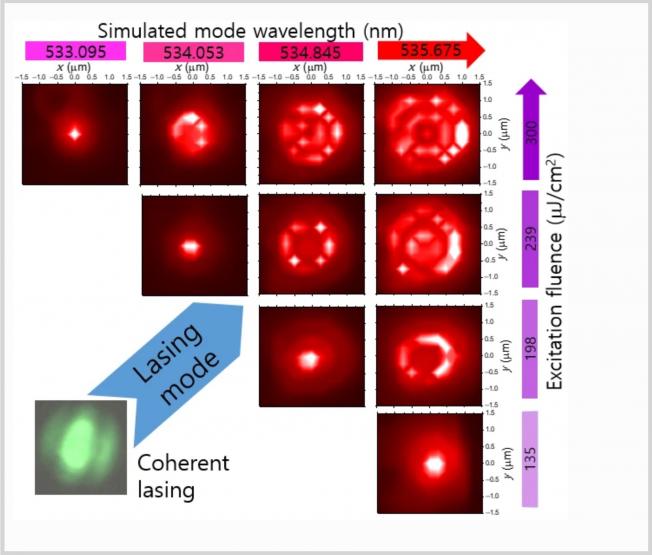Nanoscale solid-state quantum computing.
Philos Trans A Math Phys Eng Sci 361:1808 (2003) 1473-1485
Abstract:
Most experts agree that it is too early to say how quantum computers will eventually be built, and several nanoscale solid-state schemes are being implemented in a range of materials. Nanofabricated quantum dots can be made in designer configurations, with established technology for controlling interactions and for reading out results. Epitaxial quantum dots can be grown in vertical arrays in semiconductors, and ultrafast optical techniques are available for controlling and measuring their excitations. Single-walled carbon nanotubes can be used for molecular self-assembly of endohedral fullerenes, which can embody quantum information in the electron spin. The challenges of individual addressing in such tiny structures could rapidly become intractable with increasing numbers of qubits, but these schemes are amenable to global addressing methods for computation.Nanoscale solid-state quantum computing
Philosophical Transactions of the Royal Society A Mathematical Physical and Engineering Sciences 361:1808 (2003) 1473-1485
Abstract:
Most experts agree that it is too early to say how quantum computers will eventually be built, and several nanoscale solid-state schemes are being implemented in a range of materials. Nanofabricated quantum dots can be made in designer configurations, with established technology for controlling interactions and for reading out results. Epitaxial quantum dots can be grown in vertical arrays in semiconductors, and ultrafast optical techniques are available for controlling and measuring their excitations. Single-walled carbon nanotubes can be used for molecular self-assembly of endohedral fullerenes, which can embody quantum information in the electron spin. The challenges of individual addressing in such tiny structures could rapidly become intractable with increasing numbers of qubits, but these schemes are amenable to global addressing methods for computation.Time-resolved gain dynamics in InGaN MQWs using a Kerr gate
Physica E: Low-Dimensional Systems and Nanostructures 17:1-4 (2003) 255-257
Abstract:
The Kerr gate technique is used to time-resolve the gain in an In0.02Ga0.98N/In0.16Ga0.84N multiple quantum well sample. A new way of analyzing the data in such a variable stripe length method gain experiment is used to analyze the time-resolved spectra. The dynamics of the emission and gain are discussed. These measurements suggest that the photoexcited carriers must localize (possibly at indium-rich sites) before strong stimulated emission is seen. © 2002 Elsevier Science B.V. All rights reserved.Time-resolved gain dynamics in InGaN MQWs using a Kerr gate
PHYSICA E 17:1-4 (2003) 255-257
Abstract:
The Kerr gate technique is used to time-resolve the gain in an In0.02Ga0.98N/In0.16Ga0.84N multiple quantum well sample. A new way of analyzing the data in such a variable stripe length method gain experiment is used to analyze the time-resolved spectra. The dynamics of the emission and gain are discussed. These measurements suggest that the photoexcited carriers must localize (possibly at indium-rich sites) before strong stimulated emission is seen. (C) 2002 Elsevier Science B.V. All rights reserved.Growth of InGaN quantum dots on GaN by MOVPE, employing a growth temperature nitrogen anneal
(2003) 2515-2519



